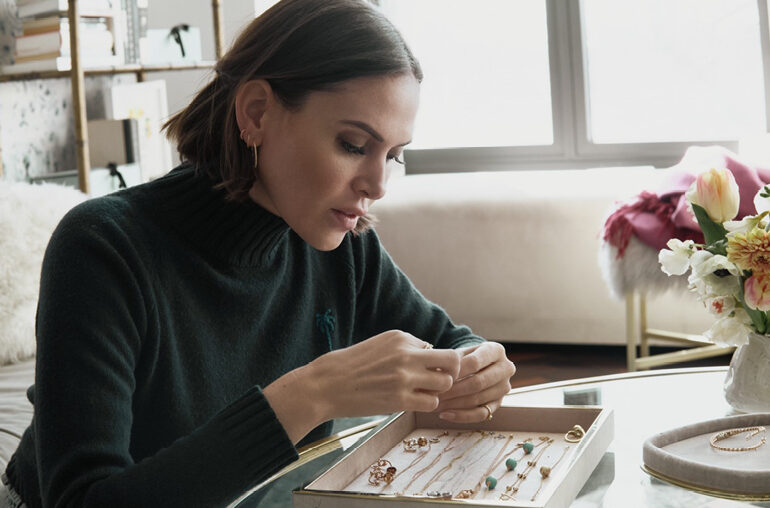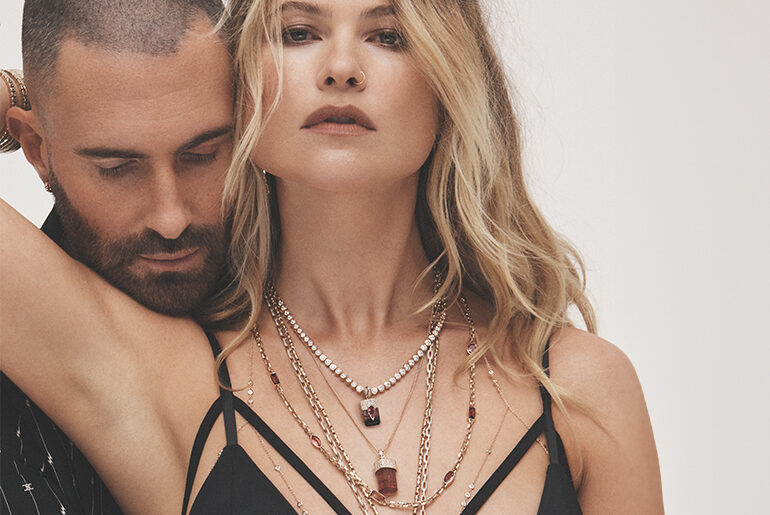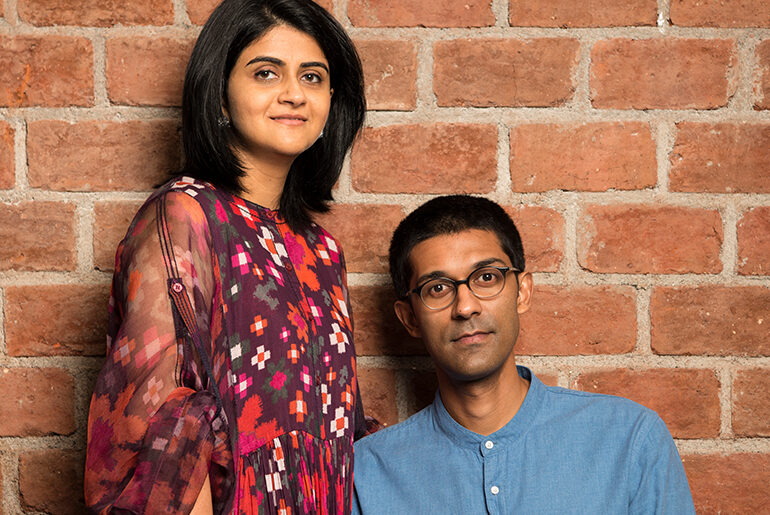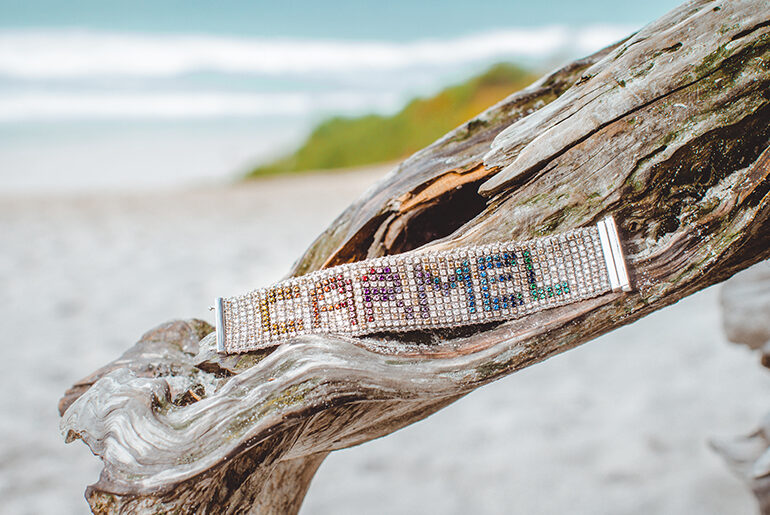Heavy on sea motifs recalling her Californian childhood, Renna Brown-Taher’s jewelry is also a testament to sustainability and responsible sourcing.
Renna Brown-Taher and her mother, Janet Brown, share many memories, but it was their emotional connection through jewelry that led to the creation of Brown-Taher’s brand, Renna. The natural environment, especially the Californian beach, inspired the jewelry line. Brown-Taher grew up in Pacific Palisades, California, which explains an inclination to feature sea stars, snails, octopuses and coffee-bean shells in the designs.

Brown was a collector of puka shell necklaces, an “essential piece of our wardrobe in the ’60s and ’70s,” shares the designer’s mother. This style of necklace is one that her daughter’s brand celebrates today. “[My mom] took me to the beach, and I found shells when I was about nine,” says Brown-Taher, whose use of shell motifs has become a signature. The designer, who is studied gemology at the Gemological Institute of America (GIA), strives to appeal to “someone looking for a jewel that means something to her; whether she is drawn to how we give back through jewelry or looking to mark a memory through jewelry.” Brown-Taher has also noticed a genuine interest in responsible sourcing among her customers, who express an interest in learning more about these practices.

One of Renna’s core values is sustainability, with designs using responsibly sourced gemstones in a soft, meditative color palette. Emeralds come from Muzo in Colombia and aquamarines from Zimbaqua, a sustainable women-led mine in Africa. “It’s pretty miraculous that we can make a difference in the lives of the women from Zimbabwe in this community across the globe,” says Brown-Taher.

Zimbaqua was founded in 2019 to create unique opportunities in a male-dominated, highly conservative industry. “We decided it because it was the best way for us to change the dynamics in this community and to support people who needed it,” says Iver Rosenkrantz, one of the founders. Sustainability and empowering women are the main values behind this project. He points out that the female miners in Karoi, Zimbabwe, where the operation is located, are getting social recognition and starting to be the breadwinners in their families. “They feel very empowered; they can see how they are changing the narrative,” he notes.

Brown-Taher feels the shift toward disclosing provenance has had a deep impact on jewelers, since “the industry has been a bit closed off and opaque, and transparency in sourcing is a relatively new concept.” The adoption of a transparent supply chain is becoming more widely accepted, she observes.
Main image: Renna Brown-Taher, designer. Photo: Renna.





3 Comments
dbRPraYEgLZkAJeF
We are a gaggle of volunteers and starting a new scheme in our community. Your website offered us with useful info to paintings on. You have done an impressive job and our whole group will be thankful to you.
magnificent issues altogether, you just received a new reader. What may you suggest about your post that you simply made some days ago? Any sure?